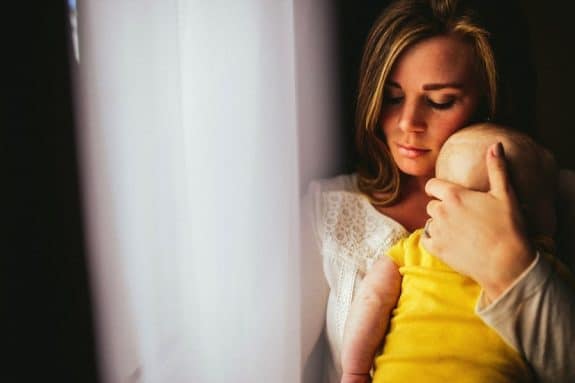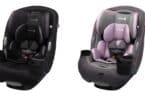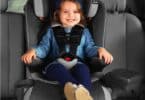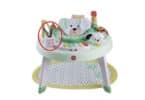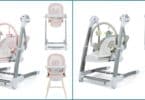Ensuring child safety should be a top priority for every household that uses nursery products, including infant furniture, gates, walkers, and equipment for transporting and bathing. These products are designed and intended to help parents raising kids, but can sometimes cause harm if not used properly or if they do not meet the US safety standards.
It is estimated 1,391,844 children aged 3 years and under were treated in US emergency departments over a 21 year period for nursery product–related injuries. These numbers translate into one child being treated in the emergency room every eight minutes.
During their study, the team from the Nationwide Children’s Hospital found nursery product–related injuries were most commonly associated with baby carriers (19.5%), cribs/mattresses (18.6%), strollers/carriages (16.5%), or baby walkers/jumpers/exercisers (16.2%). The most common injury was a self-precipitated fall (80.0%), and the head or neck was injured 47.1% of the time.
While many studies focus on one class of products – strollers, bottles, cribs or walkers – this one looked at the industry as a whole to get a better picture of the overall risk to kids.
The National Electronic Injury Surveillance System analyzed data from approximately 5300 hospitals with a 24-hour ED with at least 6 beds in the United States and its territories.
The numbers revealed that 58.7% of all injuries occurred during the first year of life, with infants 6 to 11 months old accounting for 35.5% of all injuries. The average age was 9.3 months and little boys were injured more than half of the time.
Baby carriers, cribs/mattresses, strollers/carriages, and baby walkers/jumpers/exercisers accounted for 86.1% of the injuries caused by self-precipitated falls.
Thankfully, 95.1% of the children who were taken to the Emergency Department with a nursery product–related injury were treated and released. Of those who were admitted, 73.7% were under a 1 year old.
Sleep environment hazards play a key role in infant injury, especially sudden unexpected infant death, and health care practitioners should counsel caregivers to not place bumper pads or soft objects, such as blankets or pillows, in the crib because of the risk of strangulation, entrapment, and suffocation. Caregivers should only use the firm, snugly fitting mattress designed for their crib and never use supplemental mattresses, which may increase the risk of entrapment and suffocation.
The study is the first to use nationally represented data to investigate injuries associated with such a broad range of products.
Between 1991 and 2003, nursery product-related injuries from baby walkers declined, primarily because of vast prevention efforts coupled with more public awareness. But greater efforts are still needed to inform parents and prevent injuries associated with other products, especially baby carriers, cribs and strollers.
Prevention of falls and concussions is an issue that also deserves more attention.
Future studies will evaluate current safety interventions and should be more helpful to parents and caregivers by developing and informing them of more effective injury prevention strategies.

